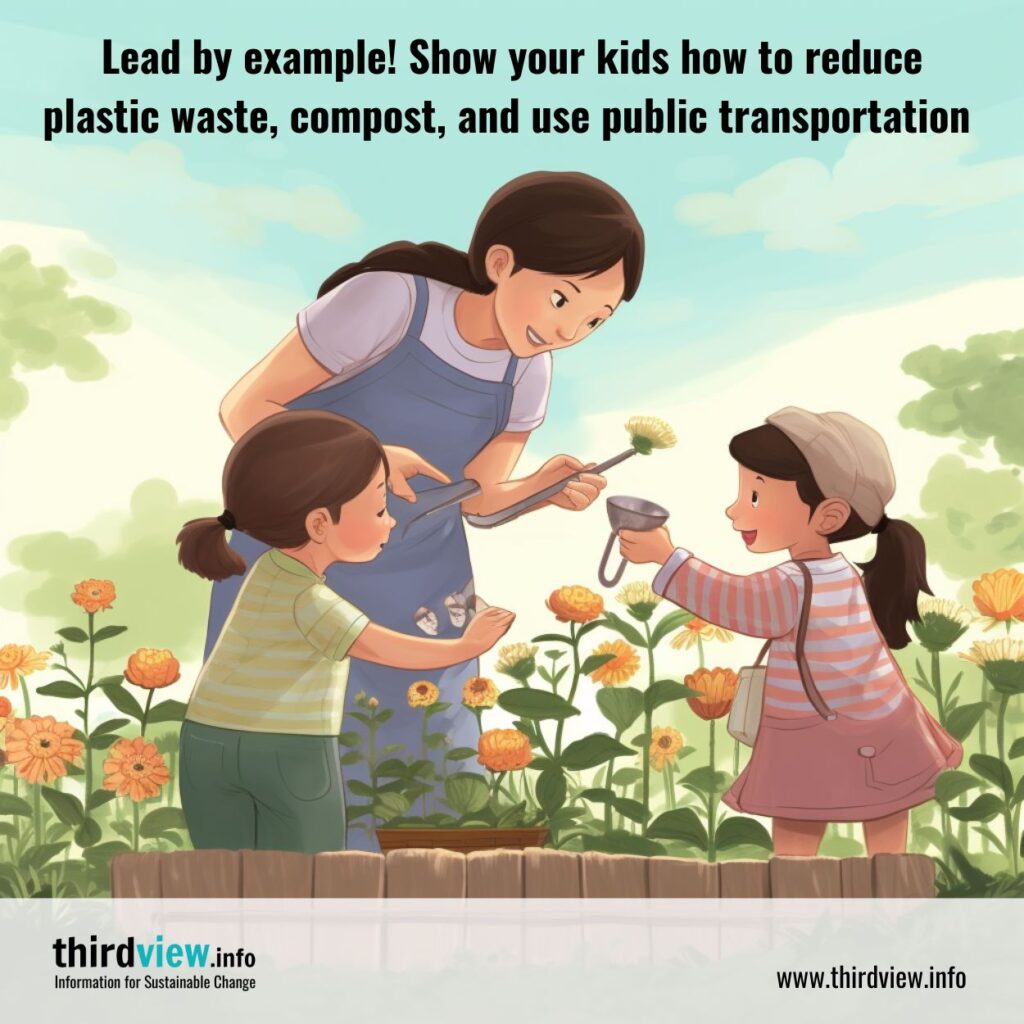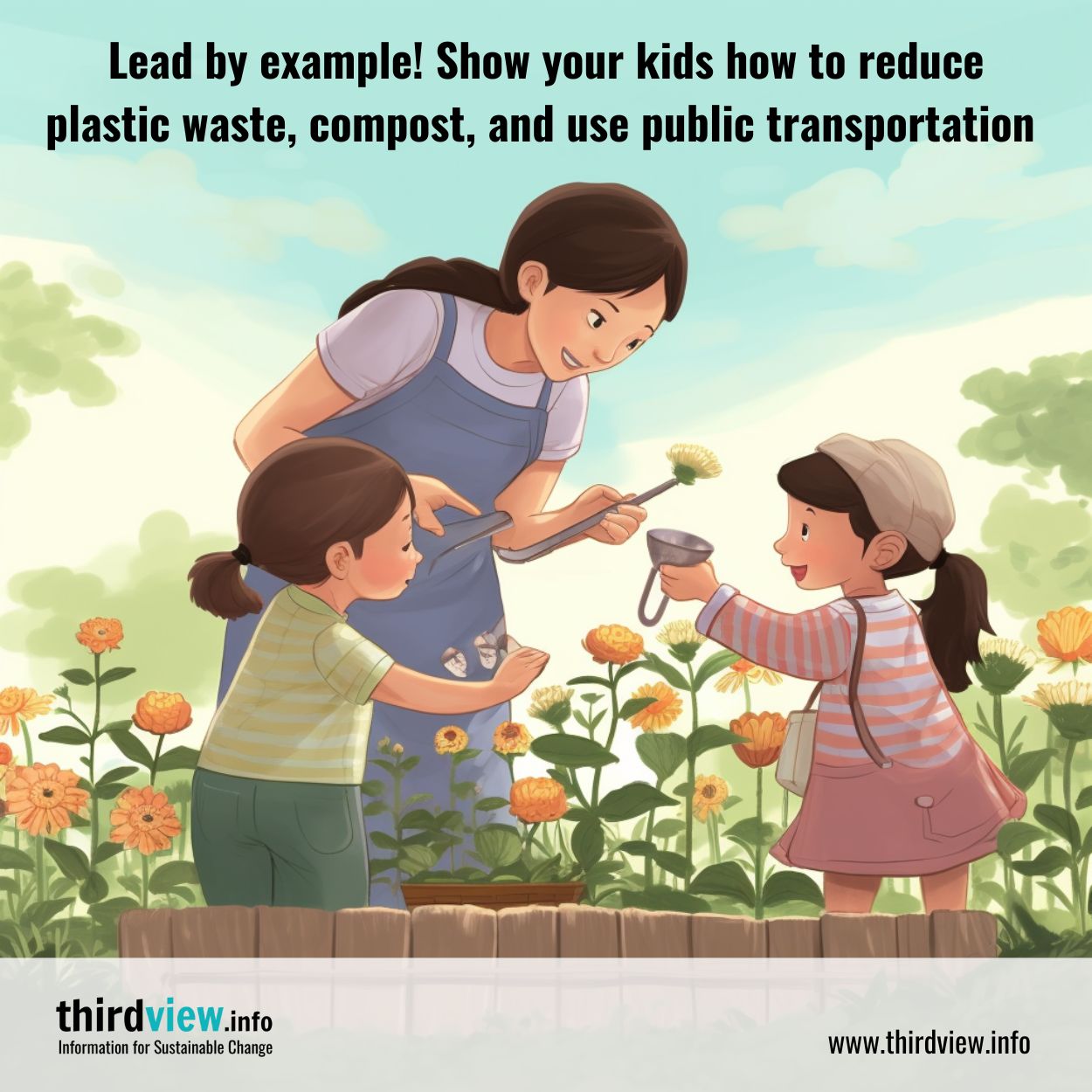As a parent, you play a huge role in shaping your children’s attitudes and behaviours towards the environment. Teaching your kids about sustainable living is an excellent way to raise eco-friendly kids who respect the planet and all its inhabitants. But where do you start? How do you communicate the importance of sustainability to kids in a way that is engaging and informative? In this blog post, we’ll explore some practical tips and strategies for teaching your kids about sustainable living.
Start small
When it comes to teaching your children about sustainable living, it’s tempting to dive straight into complex environmental issues. However, it’s essential to start small and focus on simple, everyday actions that will help instil a sense of responsibility and care for the environment. This can be as simple as encouraging your kids to turn off the lights when they leave a room, to separate recycling from regular garbage, or to turn off the tap when brushing their teeth. These small actions can add up and create big change over time.
Lead by example
As a parent, your actions speak much louder than your words. You must lead by example when it comes to sustainable living. This means modelling eco-friendly behaviours, such as reducing the use of single-use plastics, composting, and using public transportation or cycling instead of driving where possible. When you practice what you preach, your children will be more likely to follow suit. Remember, sustainability is a team effort, and your family can make a significant impact on the environment by working together towards a common goal.
Incorporate sustainability into their daily routines
Make sustainability a part of your children’s daily routines to create a lasting impact. This means incorporating eco-friendly actions, such as reducing food waste, using reusable containers, and choosing locally grown produce into daily activities such as meal planning, grocery shopping, or preparing lunches for school. These small actions can help your children understand that sustainable living is a practical and achievable goal and can foster a lasting sense of responsibility towards the environment.
Emphasize the impact of their actions
Children are naturally curious and will often ask questions about the world around them. Use this as an opportunity to emphasize the impact of their actions on the environment. Talk about the importance of conservation, how reducing plastic waste can help animals in the ocean, or how composting can help reduce greenhouse gas emissions. These conversations will help your children develop a sense of responsibility towards the environment and understand that their actions do have a ripple effect.
Encourage exploration and discovery
Teaching your children about sustainable living doesn’t have to be boring or overwhelming. Encourage exploration and discovery by spending time outdoors, going for nature walks, or visiting local farms or farmers markets. Encourage your children to ask questions and learn about the environment they live in. By fostering a sense of curiosity and exploration, you’ll help your children develop a deeper understanding and appreciation for the natural world.
Teaching your kids about sustainable living is an excellent way to encourage eco-friendly behaviours and instil a sense of responsibility towards the environment. By starting small, leading by example, incorporating sustainability into daily routines, emphasizing the impact of their actions, and encouraging exploration and discovery, you can help your children develop a lasting sense of respect and caring for the environment. Remember, the actions you take today will influence the world your children inherit tomorrow.


